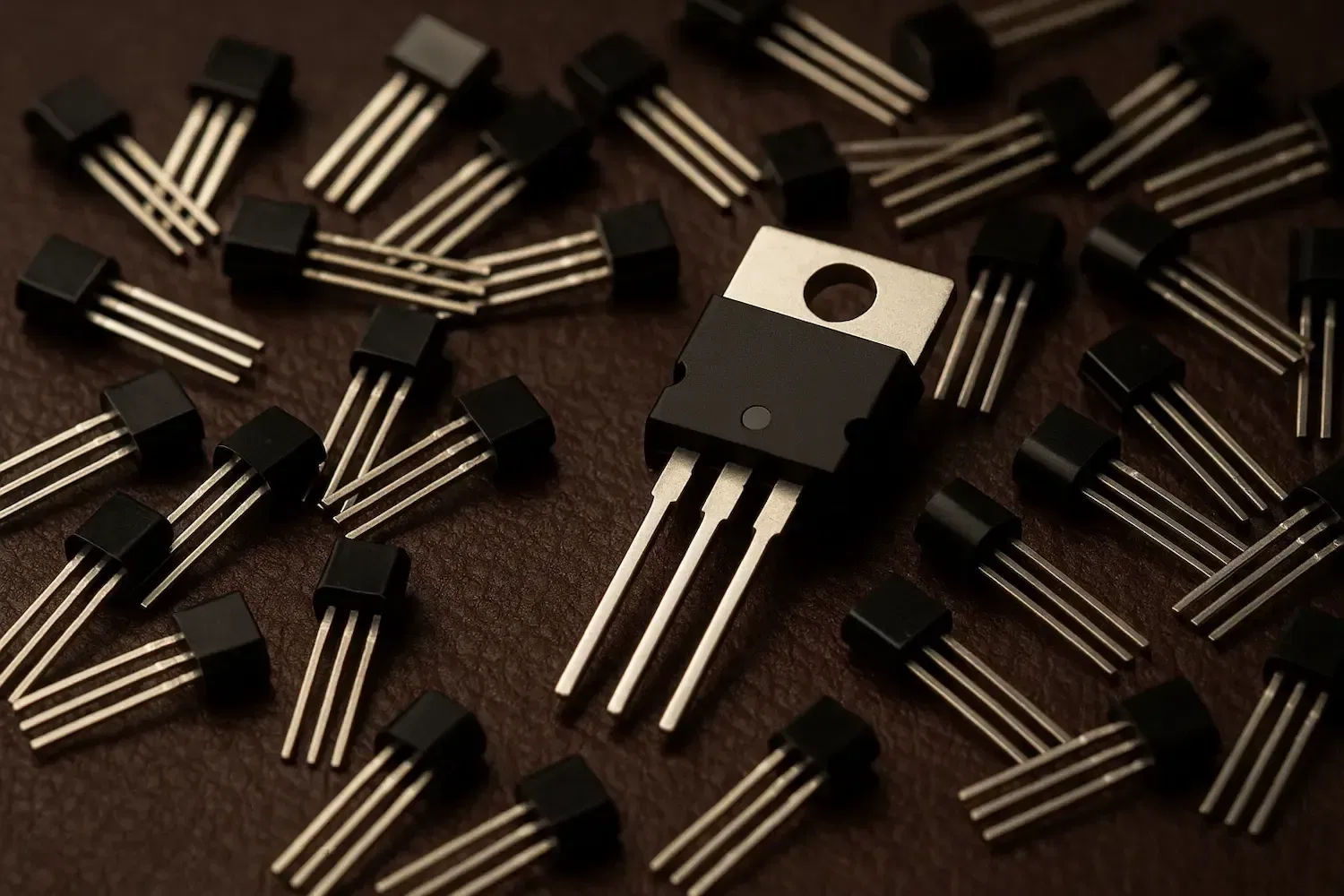Flyback Diodes

Flyback Diodes: What They Are and Why They're Essential in Your Circuit
Flyback diodes, also known as freewheeling or snubber diodes, are simple yet critical components used in circuits involving inductive loads like relays, motors, and solenoids. Their job might seem minor at first glance, but without them, your circuit could face unexpected failures—or worse, permanent damage.
In this article, we'll explore what flyback diodes are, how they work, how to connect them, and what could go wrong if they're left out.
What Is a Flyback Diode?
A flyback diode is a regular diode (usually something like the 1N4007 or 1N5819) placed across an inductive load to protect other components in the circuit from high-voltage spikes generated when the current through the inductor is suddenly interrupted.

Why Are Flyback Diodes Important?
Inductive loads like motors, solenoids, and especially relays, resist sudden changes in current. When you turn them off (open the circuit), the magnetic field in the inductor collapses quickly, and that energy has to go somewhere. The result is a high-voltage spike—often hundreds of volts—opposite in polarity to the original current.
This spike can:
- Damage switching components like transistors and MOSFETs
- Corrupt microcontroller outputs
- Cause arcing in mechanical switches
The flyback diode provides a safe path for this sudden current to recirculate through the coil until it dissipates naturally. This protects your components from those destructive spikes.
How Is a Flyback Diode Connected?
The diode is connected in parallel with the inductive load, but in reverse bias relative to the power supply. That means:
- The cathode of the diode goes to the positive side of the inductor.
- The anode goes to the negative or ground side.
This way, during normal operation, the diode doesn't conduct. But when the switch opens and the coil tries to reverse voltage, the diode becomes forward-biased and safely carries the current.
Example:
If you're switching a relay with an NPN transistor:
- Connect one side of the relay coil to the +V supply.
- The other side of the coil goes to the collector of the NPN transistor.
- The emitter goes to ground.
- Place the diode across the coil:
- Cathode to +V
- Anode to the transistor’s collector

What Happens If You Don’t Add a Flyback Diode?
Not adding a flyback diode can result in:
- Transistor or MOSFET failure: The voltage spike can exceed their maximum VCE or VDS ratings and destroy them.
- Microcontroller resets or glitches: If the inductive kickback leaks into power rails or I/O pins, it may cause the system to crash or behave erratically.
- Contact arcing: If you're using mechanical switches or relays, the spike can cause the contacts to arc and wear out faster.
- Random component damage: Over time, repeated spikes can degrade components, especially sensitive ICs.

Conclusion
Flyback diodes are small, cheap, and easy to install—but their role in protecting your circuit is huge. If your project includes any inductive component like a motor, relay, or solenoid, always make sure to include a properly oriented flyback diode.
It's a textbook example of how one small component can prevent a big headache.





